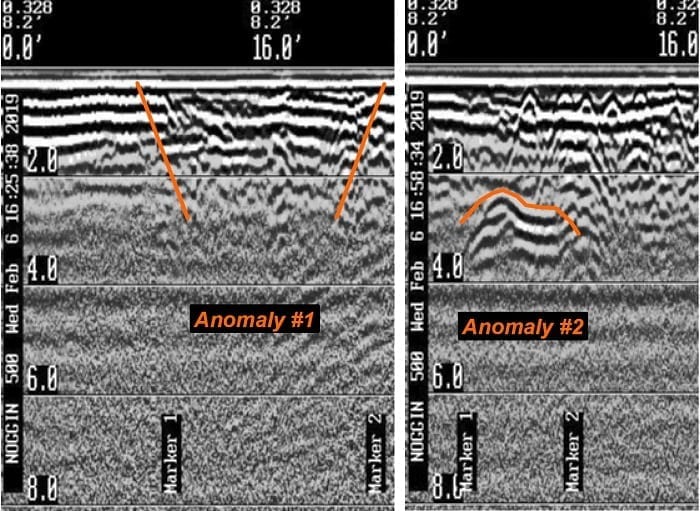All Categories
Featured
Table of Contents
Integrated Geophysical Surveys For The Safety Evaluation Of A ... in Seville Grove Western Australia 2022
Time slice from 23 to 25ns. This last piece is now practically all blank, however a few of the walls are still revealing strongly.
How deep are these pieces? Regrettably, the software application I have access to makes approximating the depth a little difficult. If, nevertheless, the top 3 pieces represent the ploughsoil, which is most likely about 30cm think, I would guess that each piece has to do with 10cm and we are only coming down about 80cm in total.

Luckily for us, the majority of the websites we have an interest in lie just below the plough zone, so it'll do! How does this compare to the other methods? Contrast of the Earth Resistance data (leading left), the magnetometry (bottom left), the 1517ns time piece (top right) and the 1921ns time piece (bottom left).
Geophysical Surveying - Methods And Applications in Koongamia Aus 2022
Magnetometry, as discussed above, is a passive technique measuring regional variations in magnetism against a localised no value. Magnetic susceptibility study is an active method: it is a procedure of how magnetic a sample of sediment might be in the presence of a magnetic field. How much soil is tested depends on the diameter of the test coil: it can be really little or it can be reasonably big.
The sensor in this case is very small and samples a tiny sample of soil. The Bartington magnetic vulnerability meter with a big "field coil" in use at Verulamium throughout the course in 2013. Leading soil will be magnetically improved compared to subsoils merely due to natural oxidation and reduction.
By determining magnetic vulnerability at a reasonably coarse scale, we can detect locations of human occupation and middens. Sadly, we do not have access to a reliable mag sus meter, however Jarrod Burks (who helped teach at the course in 2013) has some outstanding examples. Among which is the Wildcat site in Ohio.
Geophysical Survey And Remote Sensing Techniques in Hillman Aus 2020
These towns are typically laid out around a main open location or plaza, such as this rebuilt example at Sunwatch, Dayton, Ohio. The magnetic susceptibility study helped, however, define the primary location of occupation and midden which surrounded the more open area.
Jarrod Burks' magnetic vulnerability study results from the Wildcat website, Ohio. Red is high, blue is low. The method is therefore of great usage in defining areas of basic profession rather than identifying specific functions.
Geophysical surveying is a used branch of geophysics, which uses seismic, gravitational, magnetic, electrical and electromagnetic physical approaches at the Earth's surface to measure the physical properties of the subsurface - (Pdf) An Assessment Of Geophysical Survey Techniques ... in Glendalough Australia 2022. Geophysical surveying approaches normally determine these geophysical homes together with anomalies in order to evaluate different subsurface conditions such as the presence of groundwater, bedrock, minerals, oil and gas, geothermal resources, voids and cavities, and a lot more.
Table of Contents
Latest Posts
Geophysics, Engineering Geophysics And Applied ... in Carmel Western Australia 2023
Airborne Geophysical Surveys Of The Lower Mississippi ... in Balcatta Oz 2022
Working As A Geophysicist And Oceanographer In Canada in Cannington Australia 2023
More
Latest Posts
Geophysics, Engineering Geophysics And Applied ... in Carmel Western Australia 2023
Airborne Geophysical Surveys Of The Lower Mississippi ... in Balcatta Oz 2022
Working As A Geophysicist And Oceanographer In Canada in Cannington Australia 2023